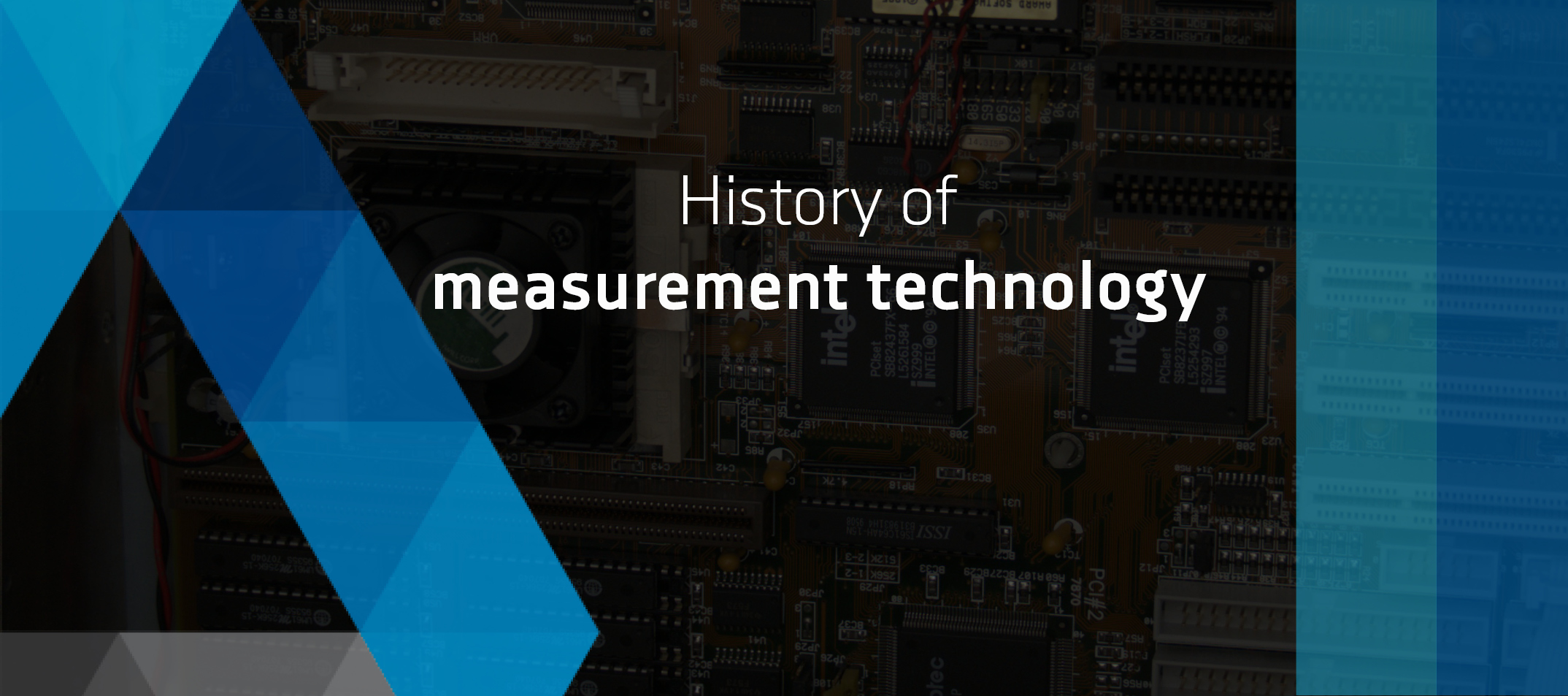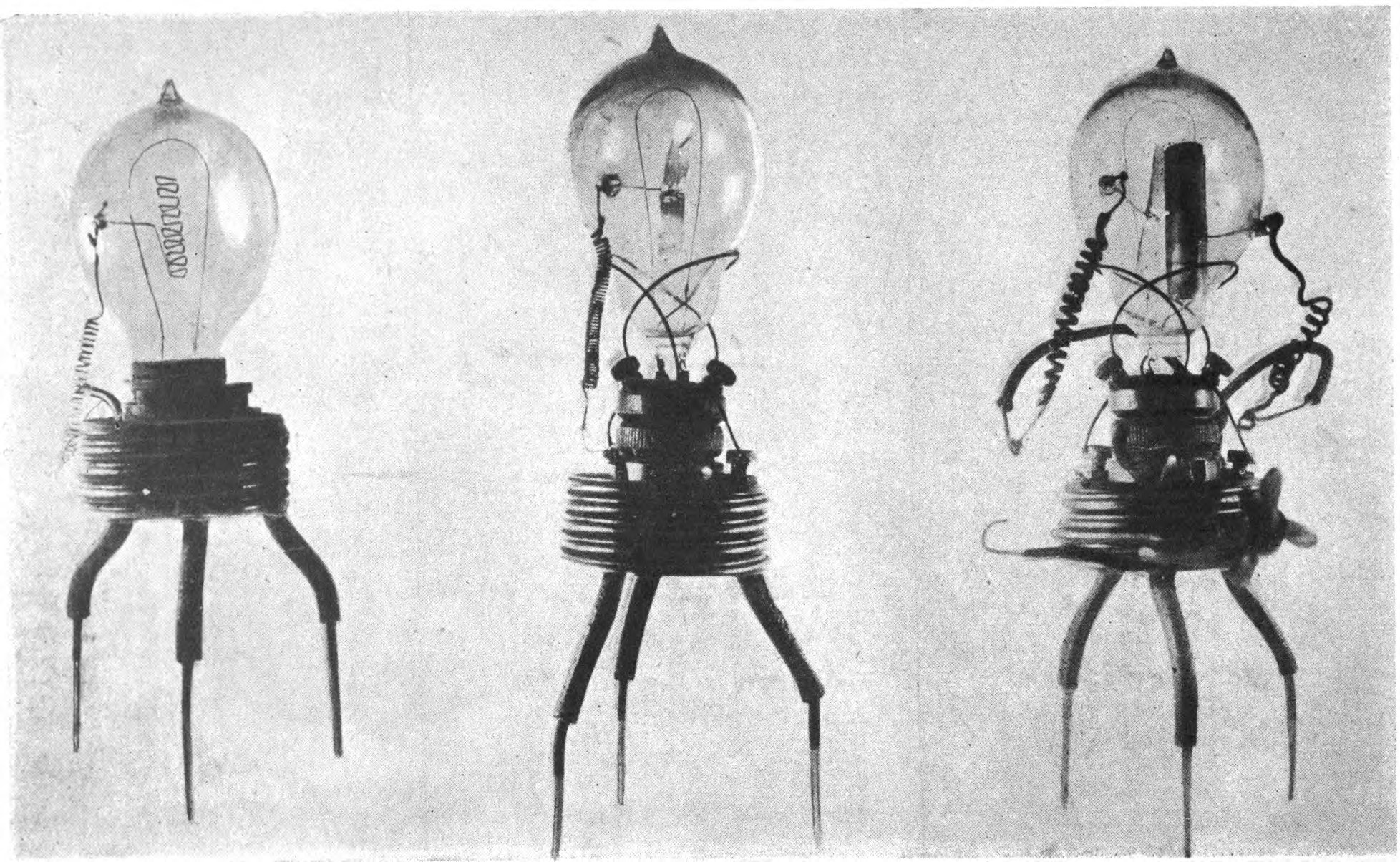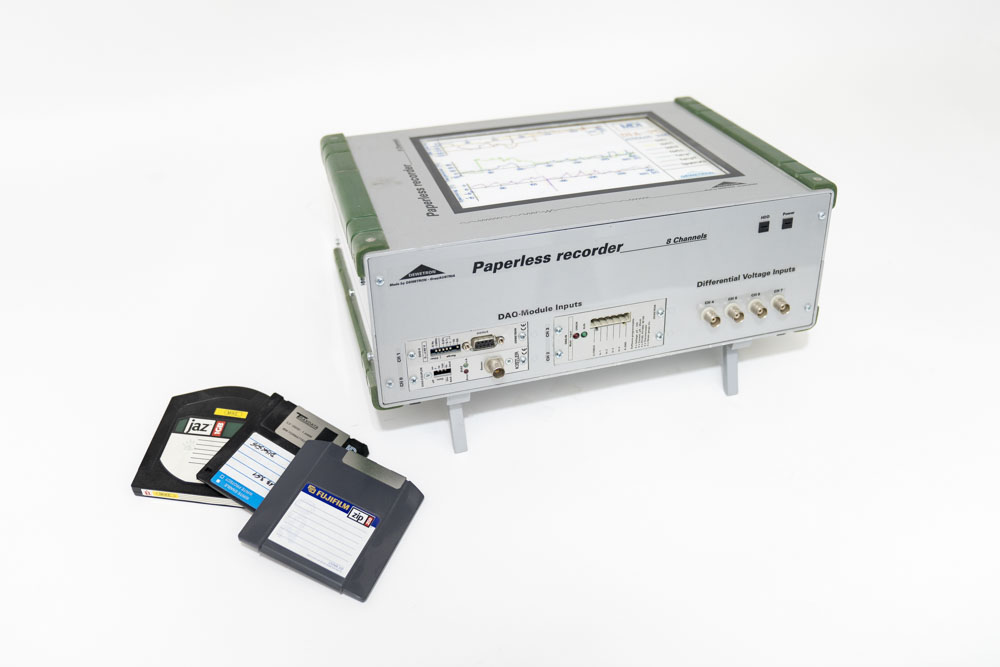The history of measurement technology

Measurement technology is something that we can barely live without today. However, when hearing of measurement devices, one often thinks of oscilloscopes in the laboratory or multimeters used by an electrician. But just about every electronic device we own has measuring devices built in. These can be antennas for receiving radio or TV signals as well as current and voltage meters for safety control. But how did measurement technology develop into what we know today? This is the question we want to answer in this article.
The origins of measurement technology
Measurement technology is almost as old as modern man himself. Even the first cultures had to measure, because without it how could one construct buildings or cultivate fields? With the rise of the first advanced civilizations such as the Egyptians or Babylonians, the trade of goods also became increasingly important. This resulted in the earliest locally uniform systems of measurement. Almost every culture at that time had its own system of units. For example, arm lengths were a unit for the measure of length.
An early standardization of measurement systems came with the French Revolution. In 1799 France introduced the metric system (based on the meter). It spread worldwide and today forms a uniform basis on which modern measurement technology relies.
The beginnings of electrotechnical measurement technology
With the invention of the battery by Alessandro Volta in 1800, electricity became widely utilizable for the first time. It was not long before the first applications arose and the need for accurate measurements of electrical quantities emerged. The first ammeters developed at that time were based on galvanometers. They, however, found little application outside of laboratories because of their size and susceptibility. Edward Weston was aware of this problem and in 1866, after lengthy research, published a portable DC voltmeter, which had an accuracy of 0.5%.
In 1904, John Ambrose Fleming achieved the next revolution in electrical measurement technology by developing the first tube diode that made it possible to receive radio signals. People also noticed that the diode allows current to flow in only one direction – it acted as a rectifier. This is exactly why it found application in various measuring devices and increased their accuracy. This led, among other things, to the development of the electrical amplifier in 1906 by Lee de Forest. The first computers also relied on modified Fleming diodes.

Picture of the first Fleming diode
Semiconductor technology as a revolution
In 1957 Roswell Gilbert designed the first digital-to-analog converter, which significantly improved the accuracy and noise performance of measuring instruments. However, the circuit developed was as large as a table and therefore unusable in practice. Only when the prices for semiconductors dropped in the 1970s, this changed. From the 1980s on, a large part of electric circuits has been realized using only semiconductors. To this day, measuring devices are becoming increasingly reliable and cheaper due to ever more powerful semiconductors.
DEWETRON was also part of this development. In 1989 we started as a supplier of PC components and measuring instruments. However, due to the high growth of the industry and the great know-how of our employees, we soon started to manufacture our own measuring devices. As our focus was always on modular design combined with highest quality, we were able to make our very own contribution to the development of modern measurement technology. In the picture below you can see a paperless recorder from DEWETRON. It released in 1995 and was one of the best in its class. It had a TFT display with 640×480 px resolution, 2 MB RAM, 100 MB hard disk space and ran on Windows 3.11.

Paperless recorder from DEWETRON, released in 1995
Where we stand today
How far we have come to this day can be seen by looking at our current PU[REC] data recorder. It has a full HD multitouch display, a 1000 GB hard disk and runs with our in-house OXYGEN software.
However, DEWETRON offers a wide range of high-end measuring and testing devices. More information about all our products can be found on the DEWETRON website. We also continue to contribute to the progress of measurement technology by releasing blogposts, webinars and video tutorials. If we have caught your interest, you are welcomed to follow us on Twitter or LinkedIn. There we will inform you about the latest trends and updates from the world of measurement technology.





